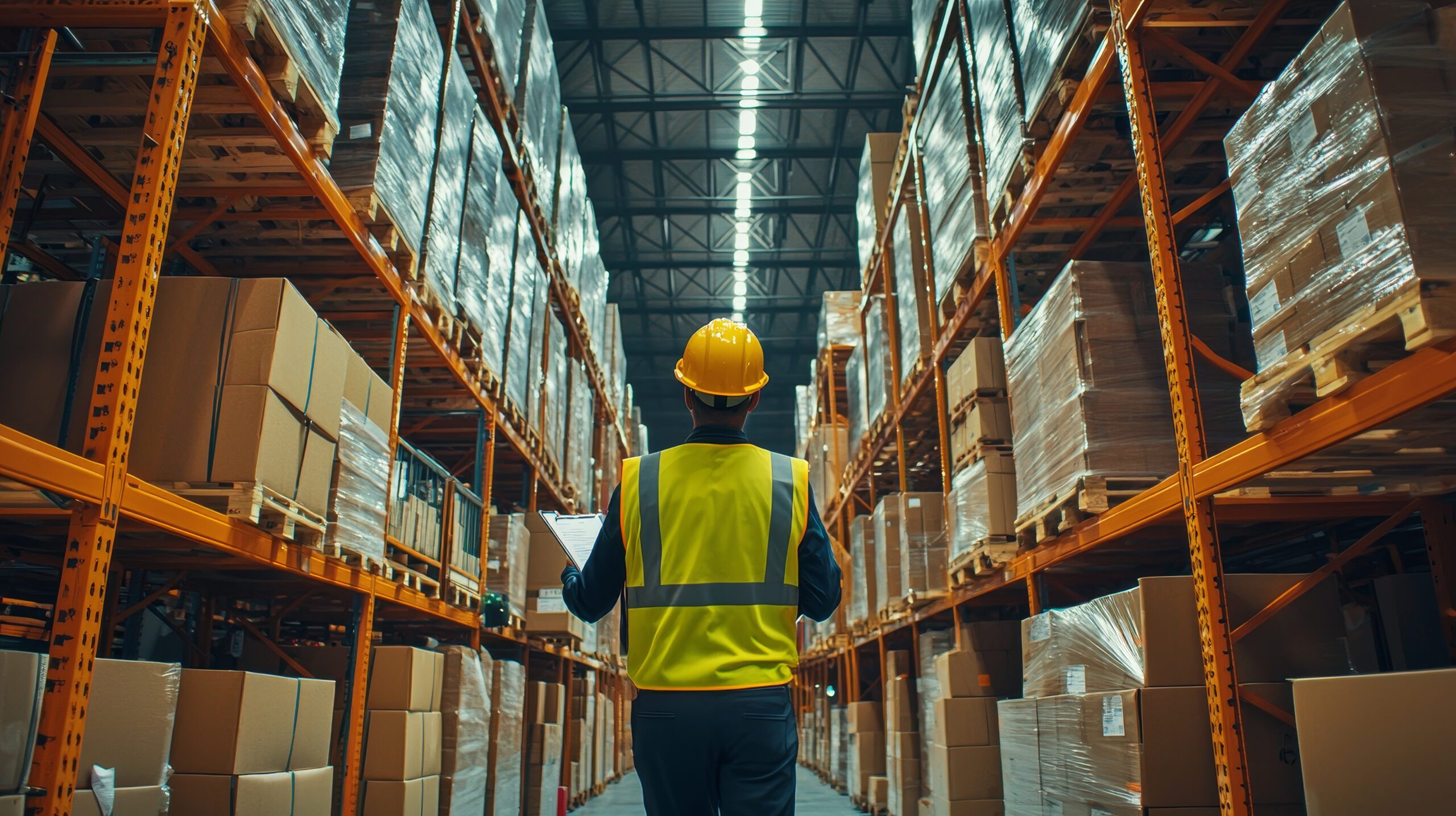The Importance of Layered Security in Warehouses and Distribution Centers

Warehouses and distribution centers are essential to the global supply chain, but they’re also increasingly vulnerable to threats of workplace violence, including armed incidents. These risks aren’t limited to what happens inside the facility—they often extend to parking lots, loading docks, and external perimeters. As operations grow in scale and speed, security strategies must evolve to meet these growing challenges.
Forward-thinking organizations are adopting a layered security approach that combines people, processes, and technology. This method doesn’t rely on a single solution, but rather on multiple, integrated defenses that work together to protect people and assets.
As Jim Cosseboom, Director of Asset Protection at Ahold Delhaize USA, explained during a recent webinar with Loss Prevention Media, “We take a layered approach to security. When we’re talking physical security alone, no silver bullet will solve your security concerns, particularly when we’re talking workplace violence.”
What Is Layered Security?
Layered security is a strategy built on multiple lines of defense. Each layer is designed to detect, delay, or deter potential threats—giving security teams more time and information to respond effectively.
Some of the key layers include:
- Real-Time Monitoring & Surveillance:
Advanced camera systems and AI-powered analytics offer constant visibility into facility activity. When integrated with alert systems, they enable quick responses to emerging threats.
- Access Control & Perimeter Protection:
Badge access, secure entry points, and monitored perimeters help prevent unauthorized individuals from entering critical areas. This is especially important in high-traffic environments where hundreds of employees move in and out daily.
- Weapons Screening:
Screening at entrances can help identify threats before they reach the work floor, helping to minimize risk while maintaining operational flow.
- Emergency Preparedness & Response:
Even with the best systems in place, human response is crucial. Training teams on emergency protocols supports rapid, coordinated action when incidents occur.
Proactive Safety Starts with Awareness
Prevention goes beyond physical security. Recognizing signs of distress or concerning behavior among employees can be a powerful layer of protection. “Part of our workplace violence prevention starts with detecting employee behaviors of concern and addressing them early on,” Cosseboom shared. Cultivating a culture of awareness can stop incidents before they start.
Technology That Enhances, Not Replaces, People
Security technologies don’t work in a vacuum. Their value lies in supporting human decision-making. Tech amplifies the capabilities of frontline teams, enabling them to focus on real threats with greater precision.
Why It Matters Now
As operations accelerate and workforce sizes grow, the need for proactive, layered security becomes more urgent. Protecting employees, visitors, and inventory isn’t optional—it’s a fundamental responsibility.
There’s no single solution for workplace safety. But by combining smart technology with skilled people and clear processes, organizations can build a culture of protection that meets the moment.
Want to learn more? Watch the full webinar on-demand to explore how leading security professionals are safeguarding their workplaces with advanced safety solutions.
